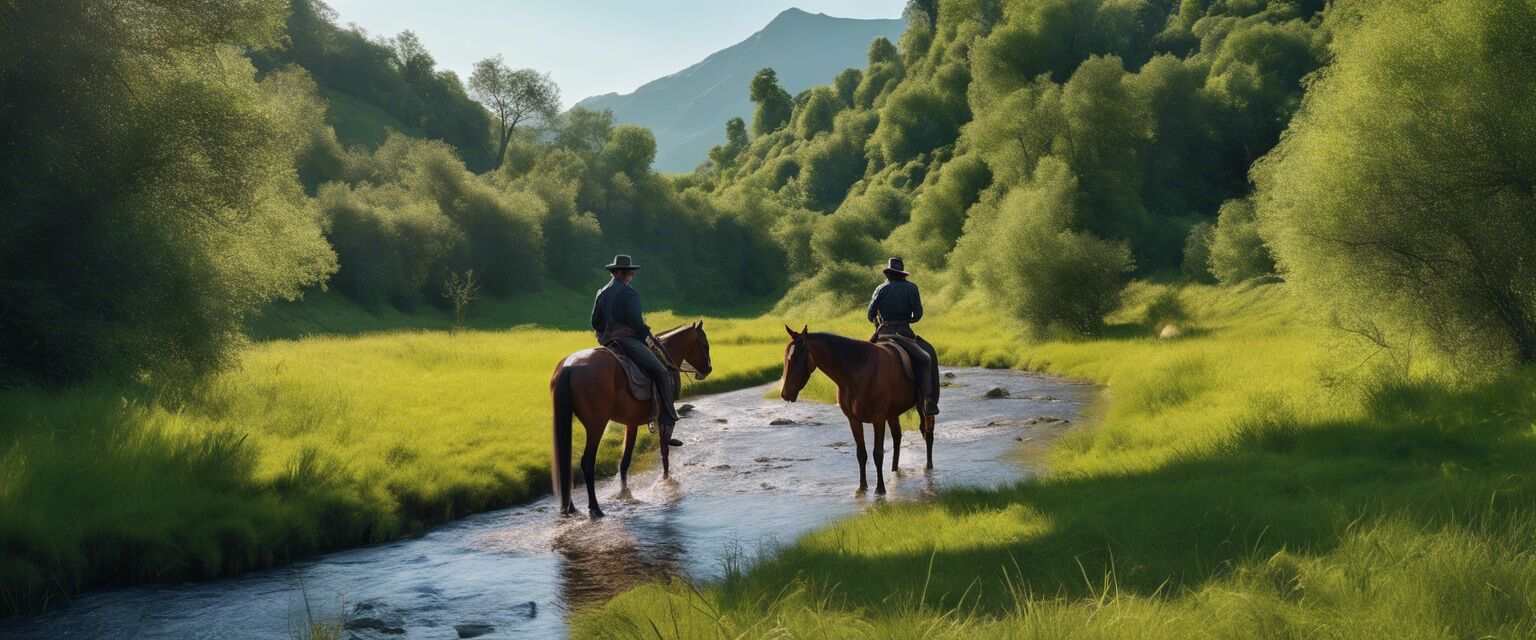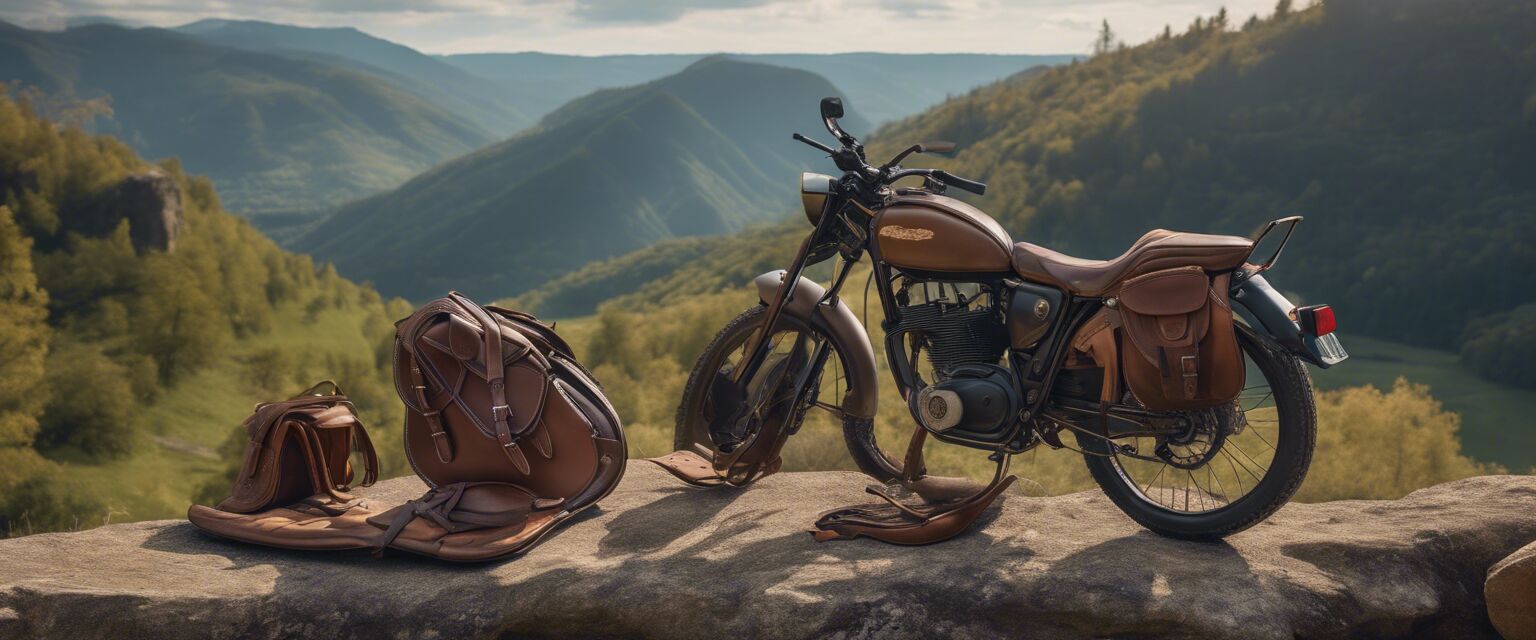
Horse Health and Safety on Trails
Key Takeaways
- Understanding horse health is crucial for enjoyable trail rides.
- Proper gear and safety equipment enhance both rider and horse safety.
- Regular veterinary check-ups help maintain horse well-being.
- Awareness of trail conditions can prevent accidents or injuries.
- Hydration and nutrition are key for sustained energy on long rides.
Trail riding can be a wonderful experience for both you and your horse. It's essential to prioritize the health and safety of your horse to ensure that every ride is enjoyable and free from complications. This article provides valuable tips and information on how to keep your horse healthy and safe while exploring beautiful trails.
Understanding horse health
Before hitting the trails, itâs important to understand your horse's health status. Regular veterinary check-ups can help detect any underlying issues that could affect your horse during rides. Here are some common health indicators to monitor:
- Weight and body condition
- Hoof health
- Signs of colic or digestive issues
- Skin conditions or irritations
Essential gear for trail riding
Using the right gear not only enhances safety but also contributes to your horse's overall well-being. Hereâs a list of essential gear for both horse and rider:
| Gear | Description |
|---|---|
| Bridles & Bits | Ensure comfort and control during rides. Explore options here. |
| Horse Boots | Protect hooves from rough terrain. Check out our selection. |
| Saddle Pads | Provide cushioning and prevent soreness. Find the right pad for your horse. |
| Riding Apparel | Comfortable and safe clothing for riders. See our apparel recommendations. |
Safety equipment
Safety should always come first. Here are some key safety items to consider:
- Helmets for riders
- Reflective gear for visibility
- First aid kits for emergencies
- Emergency contact information
Trail conditions and awareness
Being aware of the trail conditions is vital for ensuring safety. Factors to consider include:
- Weather conditions
- Terrain type (rocky, muddy, etc.)
- Potential hazards (wildlife, other riders)
- Trail regulations and rules
Hydration and nutrition
Long rides can be taxing on your horse. Ensure they are well-hydrated and nourished. Here are some tips:
- Provide water breaks at regular intervals.
- Bring along snacks for your horse, like carrots or apples.
- Consider electrolytes for hot weather rides.
Veterinary care
Regular veterinary care is essential for maintaining your horse's health. Key aspects include:
- Vaccinations
- Dental check-ups
- Routine hoof trimming and care
Conclusion
Your horse's health and safety should always be a top priority when trail riding. By understanding health indicators, using the right gear, being aware of trail conditions, and ensuring proper nutrition and hydration, you can enjoy a safe and fulfilling riding experience. For further information on specific products, check our detailed sections on horse care products, trail riding accessories, and more.
Pros
- Improved horse health leads to better performance.
- Safety gear reduces risks during rides.
- Awareness of trail conditions enhances enjoyment.
- Proper nutrition supports stamina and energy.
Cons
- Cost of quality gear and veterinary care.
- Time required for regular health checks.
- Potential challenges in finding suitable trails.
Tips for beginners
Getting started with trail riding
- Start with short rides to build endurance.
- Ride with experienced friends for support.
- Learn basic horse care skills.
- Familiarize yourself with your horse's behavior.
Further resources
For additional resources and guides related to trail riding and horse care, check out our sections on:









